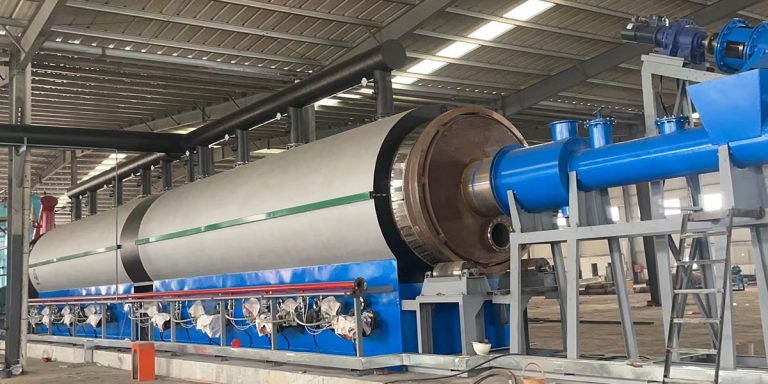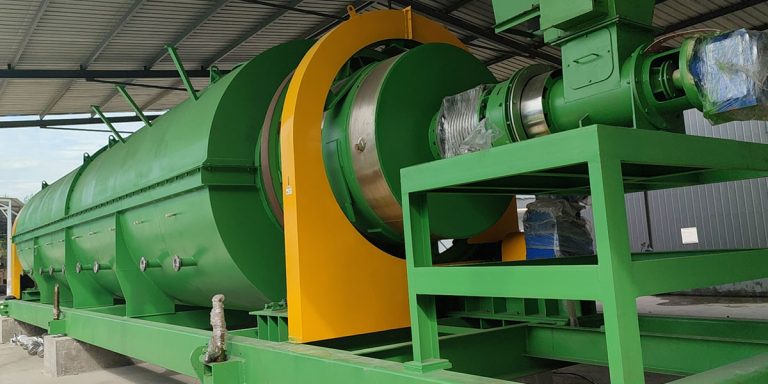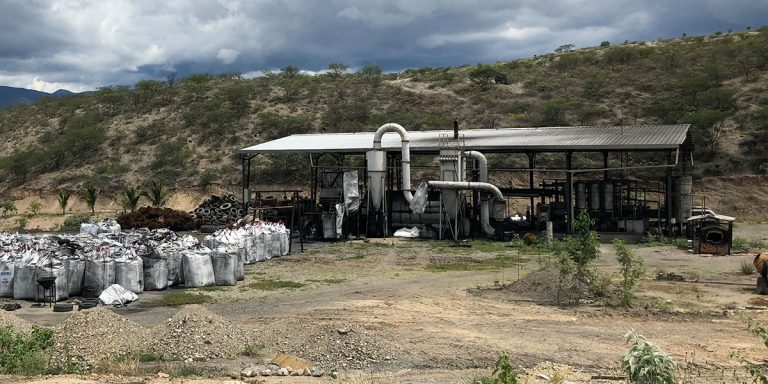In December 2019, Mingjie Group received feedback from customers who had already run oil sludge pyrolysis projects. This customer is from Ningxia, China. And they want to find a good solution for the treatment of hazardous oil sludge. Pyrolysis plant can convert oil sludge into useful energy under high temperature and oxygen-free conditions.


In October 2019, Mingjie Group completed the installation of multiple oil sludge pyrolysis plants for sale in Ningxia, China. Oil sludge pyrolysis equipment is the core equipment for solid waste treatment in the oil industry.
The oil sludge pyrolysis plant represents the transformation direction from “waste management” to “resource recycling”. The oil sludge pyrolysis project not only solves the problem of hazardous waste treatment, but also creates new economic value. Pyrolysis technology is expected to become an important support point for the green transformation of the petrochemical industry.

Oil Sludge Pyrolysis Project
At present, China has built a number of large-scale oil sludge pyrolysis projects in oil-producing areas such as Xinjiang, Shandong, and Liaoning. Mingjie pyrolysis plants have helped many factories solve the problem of oil sludge treatment.
The pyrolysis process of oil sludge mainly produces three products:
- Pyrolysis oil: accounts for about 30-50% of the raw materials, which can be used as fuel oil or raw materials for further refining.
- Pyrolysis gas: accounts for about 10-20%, rich in combustible gases (methane and hydrogen), and can be used for heating the pyrolysis reactor.
- Solid residue: can be used as building materials or roadbed materials after treatment.



According to data from the International Energy Agency, the global oil sludge pyrolysis market is expected to grow from US$1.8 billion in 2022 to US$3.2 billion in 2030, with a compound annual growth rate of about 7.5%.
Benefits of Oil Sludge Pyrolysis
Economic Benefits
- Each ton of sludge can produce 0.3-0.5 tons of fuel oil, worth about $10,000 to $20,000.
- Sales of solid residues as building materials can create additional income.
- Compared with traditional treatment methods, it saves about 40% of disposal costs.
Environmental Benefits
- Reducing sludge by more than 90%.
- Heavy metals are solidified in the residue.
- Reducing CO2 emissions by about 1.5 tons/ton of sludge (compared with traditional incineration).
- Eliminate the risk of soil and groundwater pollution caused by sludge stacking.




